Weixuan Nie
Principal Investigator(PI)
Materials Science and Engineering, Chemistry
Electrochemical Catalytic CO₂ Conversion Laboratory
Electrochemical Catalytic CO₂ Conversion Laboratory
Contact
Email: nieweixuan@westlake.edu.cn
Email: nieweixuan@westlake.edu.cn
Personal Profile
Weixuan Nie, born in Yangzhou, Jiangsu Province, China, received his Bachelor of Science degree in Chemistry in 2012 and his Master's degree in Inorganic Chemistry in 2015 from Nanjing University. From 2015 to 2021, he pursued his Ph.D. in Inorganic Chemistry at the University of Michigan, Ann Arbor. In May 2021, he joined the California Institute of Technology (Caltech) as a postdoctoral researcher, participating in the U.S. Department of Energy's "Liquid Sunlight Alliance (LiSA)" initiative. He has been honored with several awards, including the National Award for Outstanding Self-Financed International Students, the ACS Division of Inorganic Chemistry Young Investigator Award, and the American NJUEF Scholarship. Dr.Weixuan Nie joined the Westlake University School of Engineering in the winter of 2023 as a Distinguished Researcher, Assistant Professor, and independent Principal Investigator (PI), where he established the "Electrochemical Catalytic CO₂ Conversion" laboratory.
Academic achievements and research directions
With the proposal of China's scientific development goals of "carbon peak" and "carbon neutrality," the use of green electricity to convert carbon dioxide (CO₂) into value-added products needed for production and daily life (such as syngas, methane, ethylene, ethanol, etc.) through electrochemical catalysis has become an effective technological pathway. This approach not only achieves efficient "carbon cycling" beyond traditional carbon emission reduction methods but also promotes the upgrading of the energy industry. Based on this vision, the design of efficient catalysts and the study of the mechanisms of electrochemical CO₂ reduction reactions (CO₂ reduction, CO₂R) are particularly critical. In recent years, a large number of molecular catalysts (complex molecules formed by metal ions and organic ligands) and solid catalysts (such as metal and alloy electrodes, carbon and doped materials, MOF/COF novel catalytic materials, etc.) have been designed. However, most of these are based on ideal laboratory testing conditions, with insufficient consideration of practical issues under industrial production conditions. Professor Nie Weixuan's research group will focus on the bottleneck problems faced by these two major categories of catalysts—molecular catalysts and solid catalysts—under the constraints of actual production conditions and requirements:
1. Molecular Catalysts:
a) How to reduce overpotential while improving catalytic activity?
Break the traditional scaling relationships between "catalytic activity" and "effective overpotential" in molecular catalysts. Design novel molecular catalyst systems which exhibit high catalytic activity at low CO₂R overpotentials, achieving simultaneous optimization of "energy efficiency" and "high yield."
b) How to Achieve Multi-Electron Transfer Kinetics in CO₂ Electroreduction?
Through mechanistic elucidation of CO₂ reduction pathways, we endeavor to establish fundamental design principles for innovative molecular catalysts, ultimately developing a robust catalytic system for the targeted production of higher-order CO₂ reduction products (n > 2 electrons, beyond CO and formate) with high selectivity.
2. Solid Catalysts:
a) How to improve the utilization efficiency of CO₂ gas in industrial production?
Regulate the micro-environment on the catalyst surface to enable efficient CO₂ reduction in acidic solutions, preventing CO₂ from forming carbonate ions in the electrolyte and thereby improving CO₂ utilization efficiency.
b) Effective utilization of CO₂ in industrial waste gases
Regulate the micro-environment on the catalyst surface to achieve efficient catalytic reduction of low-concentration, non-pure CO₂ gases.
1. Molecular Catalysts:
a) How to reduce overpotential while improving catalytic activity?
Break the traditional scaling relationships between "catalytic activity" and "effective overpotential" in molecular catalysts. Design novel molecular catalyst systems which exhibit high catalytic activity at low CO₂R overpotentials, achieving simultaneous optimization of "energy efficiency" and "high yield."
b) How to Achieve Multi-Electron Transfer Kinetics in CO₂ Electroreduction?
Through mechanistic elucidation of CO₂ reduction pathways, we endeavor to establish fundamental design principles for innovative molecular catalysts, ultimately developing a robust catalytic system for the targeted production of higher-order CO₂ reduction products (n > 2 electrons, beyond CO and formate) with high selectivity.
2. Solid Catalysts:
a) How to improve the utilization efficiency of CO₂ gas in industrial production?
Regulate the micro-environment on the catalyst surface to enable efficient CO₂ reduction in acidic solutions, preventing CO₂ from forming carbonate ions in the electrolyte and thereby improving CO₂ utilization efficiency.
b) Effective utilization of CO₂ in industrial waste gases
Regulate the micro-environment on the catalyst surface to achieve efficient catalytic reduction of low-concentration, non-pure CO₂ gases.


